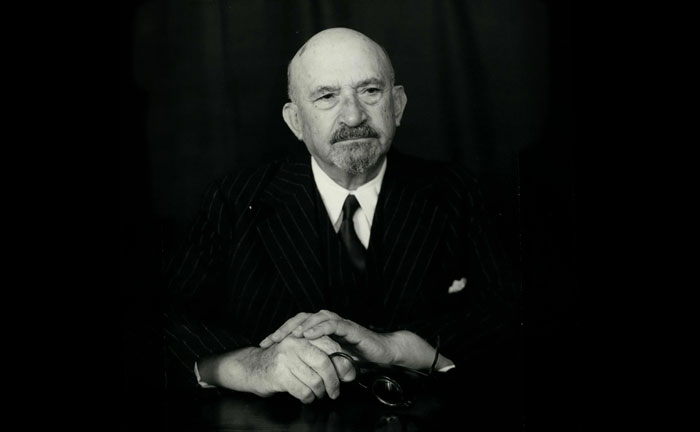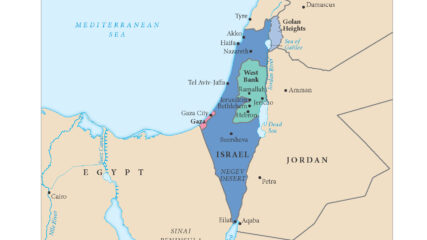September 1, 1915
Chaim Weizmann, who three decades later becomes the first president of Israel, is appointed as an honorary technical adviser on acetone supplies to the British Admiralty while working as a chemist in Manchester, England.
Weizmann is credited with being the major diplomatic engine behind the 1917 Balfour Declaration, the British promise to facilitate the development of a Jewish national home in Palestine. To what degree Weizmann’s role with the British Admiralty influences the declaration’s issuance remains a matter of debate, but his move to London puts him in closer contact with the leading British officials who ultimately decide on the declaration.
The following was taken from the Letters and Papers of Chaim Weizmann, Volume VII – Series A, August 1914-November 1917, written by Leonard Stein, who wrote the first definitive work on the Balfour Declaration, published in 1961.
At an interview early in February 1915 with Dr. William Rintoul, the head of the research department of Nobel’s Explosives Ltd., Weizmann demonstrated a process he had invented for the speedier and more economical production of acetone. This substance was essential to manufacturing the important explosive known as cordite. Early in the war, a shortage of acetone had begun to cause serious anxiety. After advising Weizmann to patent his invention, which he did, Rintoul brought it to the notice of Sir Frederick Nathan, an adviser to the Admiralty on cordite supply. Nathan was impressed, and after a discussion with Weizmann on April 21, 1915, he arranged for his acetone process to be given a trial.
Encouraged by the success of some preliminary experiments, the Admiralty decided to test the process on a larger scale at the Royal Naval Cordite Factory at Holton Heath (near Wareham, Dorset), leading to Weizmann’s appointment as honorary technical adviser on acetone supplies September 1, 1915.
In 1916, the Admiralty at Poole, near Wareham, builds a factory for the production of acetone using the Weizmann process. The factory, under the general leadership of Royal Navy Capt. Arthur Desborough, the superintendent of the Holton Heath establishment, begins successful operations in early 1917.
Independent of its adoption by the Admiralty, the Weizmann process was brought in June 1915 by Weizmann’s friend and admirer Manchester Guardian Editor C.P. Scott to the notice of David Lloyd George, who had taken charge of the recently established Ministry of Munitions, which in September 1915 appoints Weizmann a chemical adviser on acetone supplies.
After some successful tests, the production of acetone for the ministry via the Weizmann process begins in June 1916 at a factory at King’s Lynn Sea Port. Weizmann’s employment by the Ministry of Munitions ends September 31, 1916.
Thereafter, Weizmann works exclusively for the Admiralty until June 1918.










